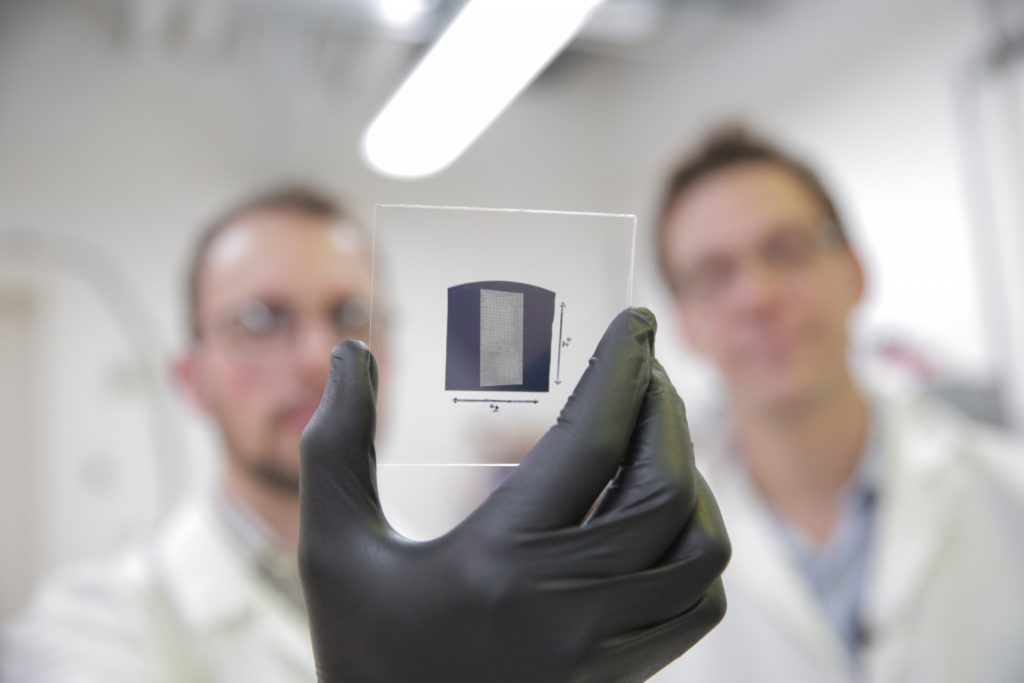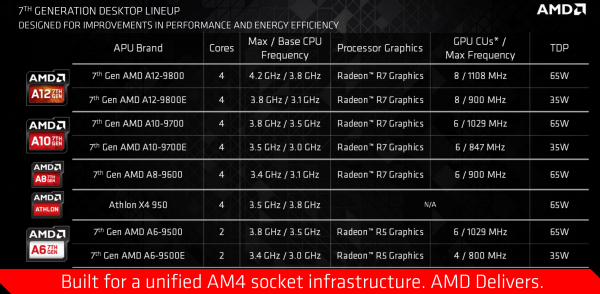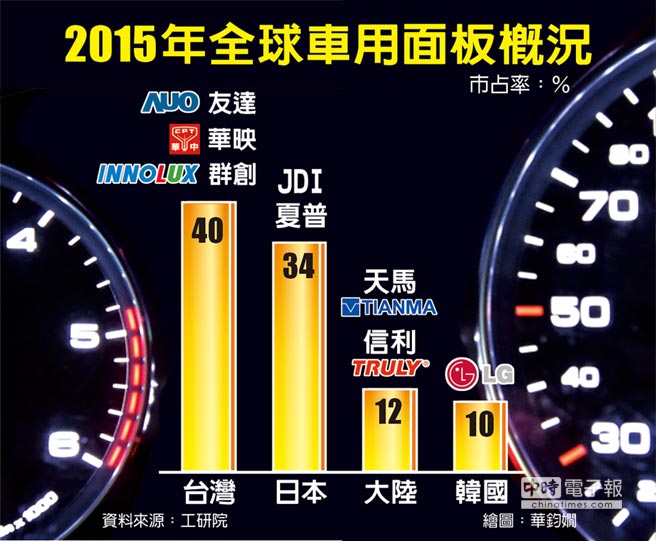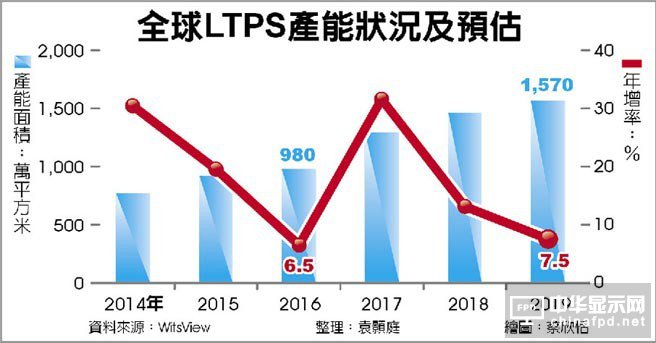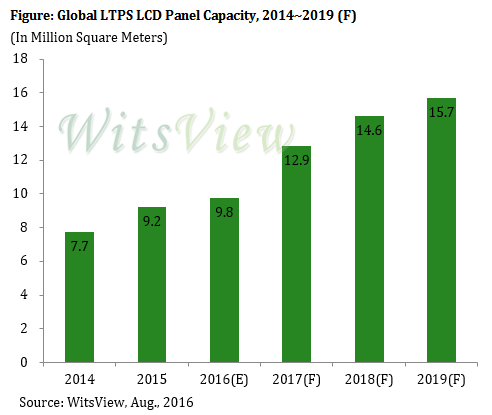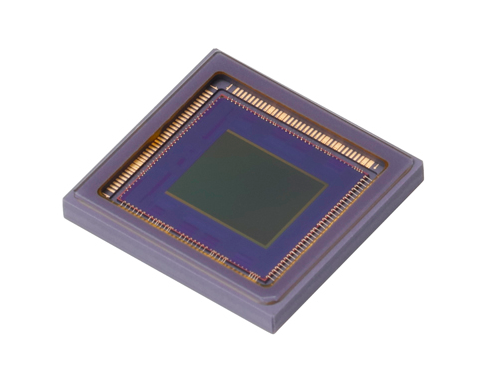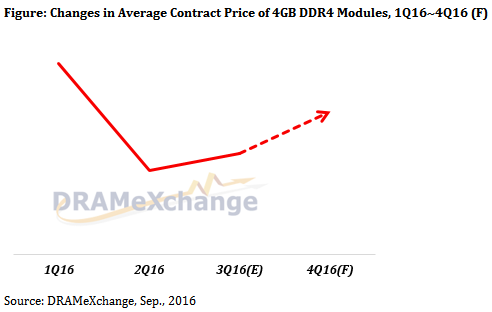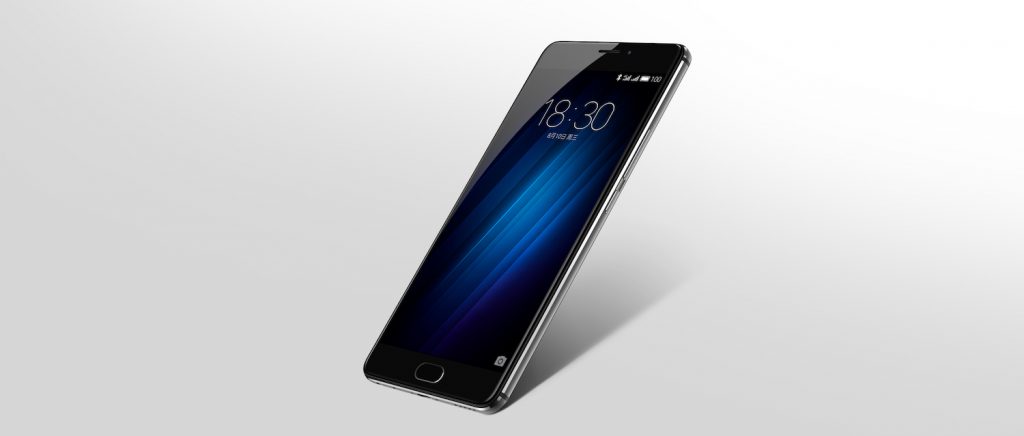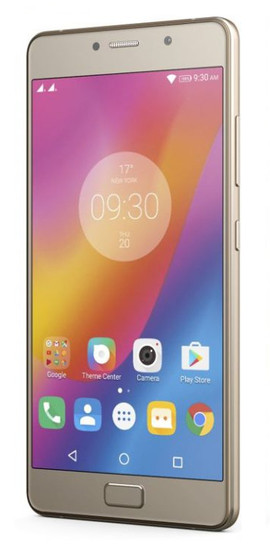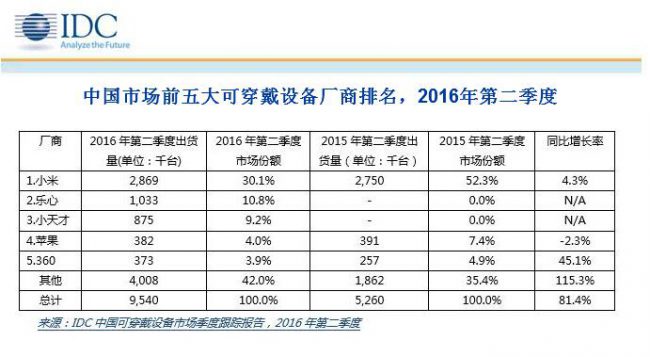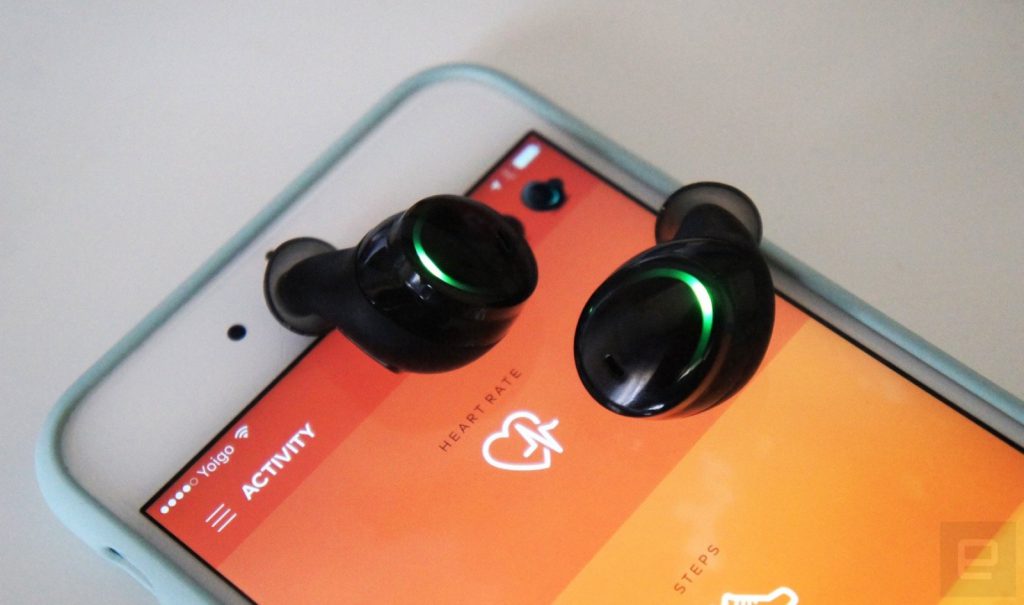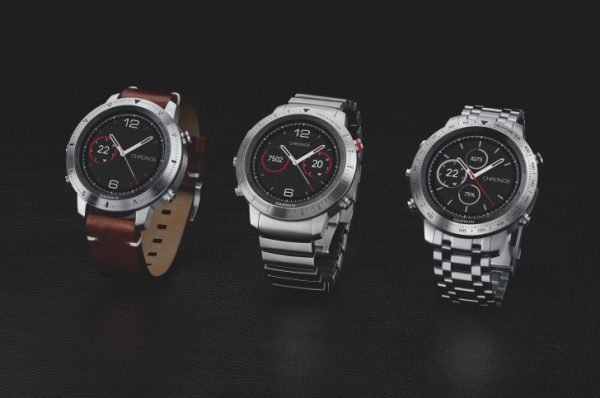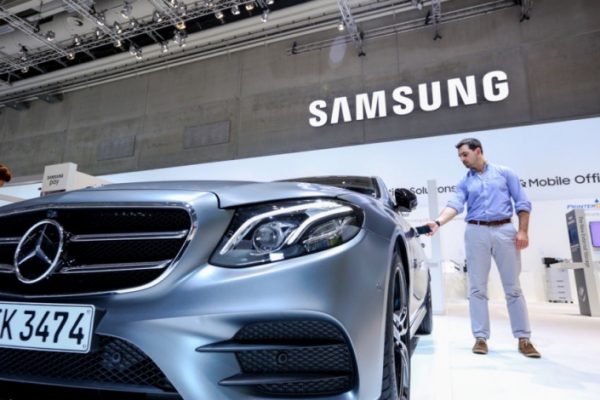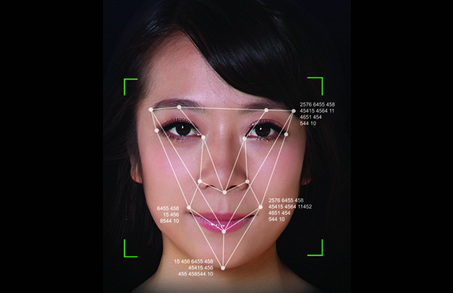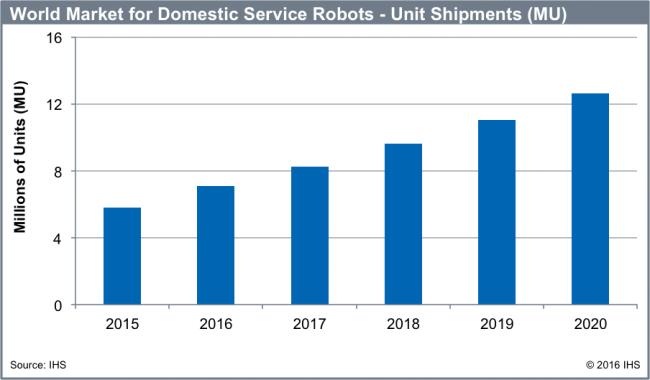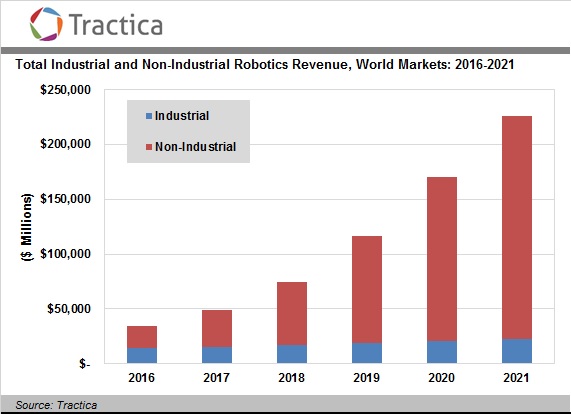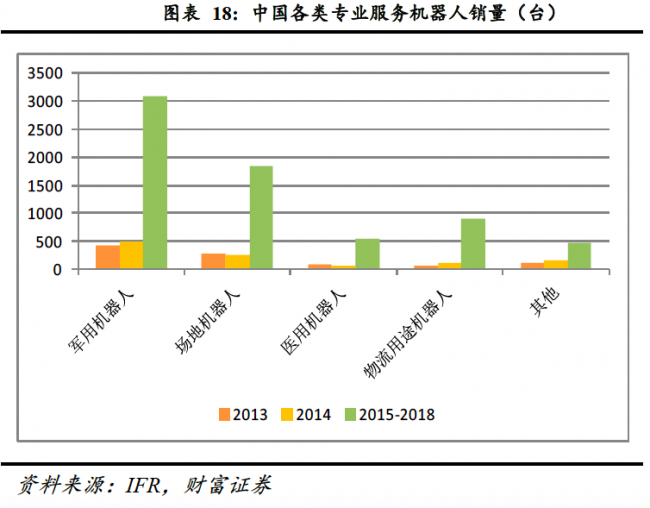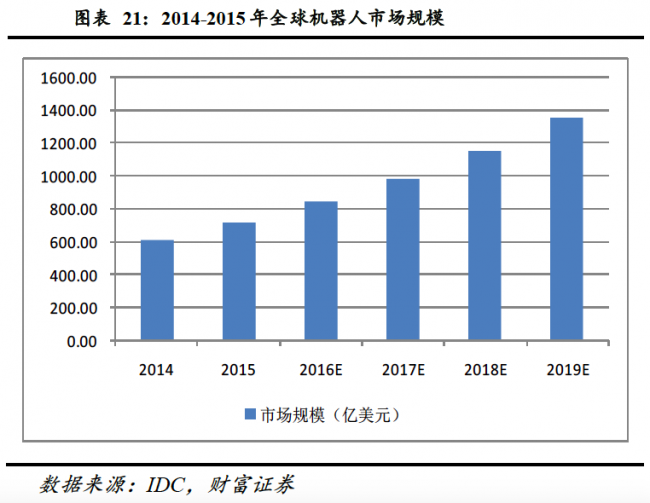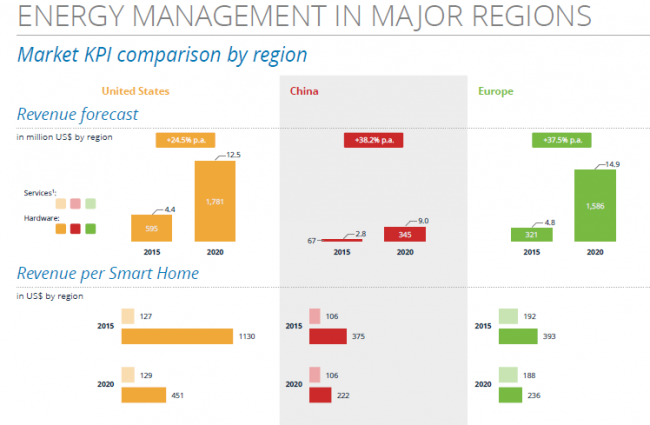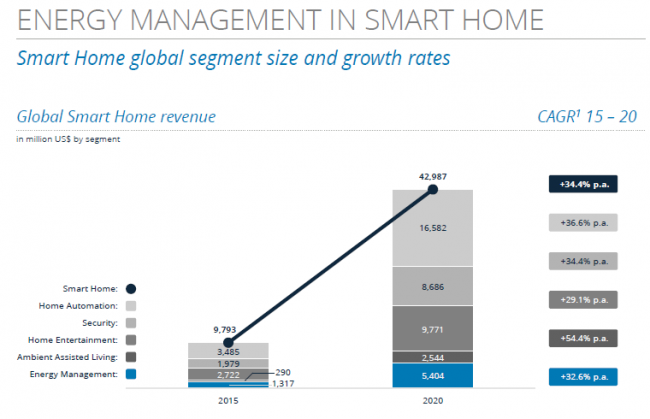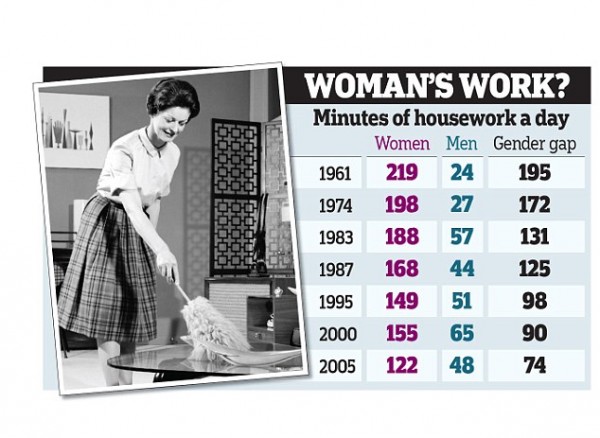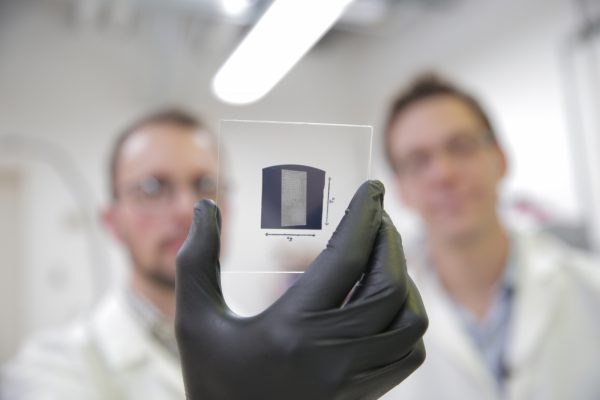
9-6: Apple reportedly has issued a RFQ to MediaTek; BOE only has one G5 LCD production line, and it is still operating; An annual increase of 31.6% for 2017 total LTPS panel capacity; etc.
|
Chipset |
| Apple reportedly has issued a request for quotation (RFQ) to MediaTek recently for wireless charging chips for an iPhone case. (163, Hexun, Phone Arena, Digtimes, press) |
| SoftBank is announcing that the transaction is complete. The total acquisition price of ARM is approximately GBP24 billion (USD31 billion). (The Verge, Softbank, CN Beta) |
| University of Wisconsin-Madison have created what they say are the first carbon nanotube transistors to outpace modern silicon. The end product manages a current 1.9 times higher than in silicon. (Engadget, University of Wisconsin-Madison) |
| Intel has originally planned to release products manufactured on its 7nm technology in the 2020 time frame, but now the company seems to have delayed that until 2022. Intel has said that it plans 3 waves of 10-nanometer technology: 10nm, 10nm+, and 10nm++. (eTekNix, Motley Fool, CN Beta) |
| Advanced Micro Devices (AMD) is announcing that desktop systems with its 7th-gen AMD A-Series processors are shipping now. The new systems are based on AMD’s code-named Bristol Ridge accelerated processing units (APUs), which use AM4 sockets and are aimed at offering performance, streaming, graphics, and power efficiency. (CN Beta, Engadget, Venture Beat, AMD, AMD) |
|
Touch Display |
| Parade Technologies has worked together with Samsung Display to develope the DP699 Tcon, which is used exclusively in the new Samsung AMLOED panels. The DP699 supports the VESA Embedded DisplayPort (eDP) Standard version 1.4b and supports resolutions up to 3200×1800. (EEPW, Yahoo, Parade) |
| BOE only has one G5 LCD production line, and it is still operating—the rumor it is closing down is wrong. BOE chairman Wang Dongsheng indicates that in principle BOE will not invest in TFT-LCD production line, and future focus will be put on AMOLED and other new-gen display technologies. (OfWeek, CECB2B, OLEDW) |
| According to Taiwan Industrial Economics and Knowledge (IEK), by 2019 the automotive panel market size will grow to USD6.5 billion, following infortainment system demand, by 2020 the number will increase to USD7.2 billion. In 2015 Taiwan panel makers owned 40% of the automotive panel market share, exceeding Japan’s 34%. (China Times, CTEE) |
| Worldwide LTPS panel capacity expansion for 2016 is slower than initially expected as several new fabs have delayed mass production until after 4Q16. However, this delay will also lead to an annual increase of 31.6% for 2017 total LTPS panel capacity. The oversupply situation will also get worse with the gradual adoption of AMOLED panels among mid-range and high-end smartphones. (TrendForce, press, TrendForce[cn], press, OfWeek, ChinaFPD) |
|
Camera |
| Canon has developed a new CMOS sensor equipped with a global shutter function that, because it exposes all of the sensor’s pixels at the same time, enables the capture of distortion-free images even when shooting fast-moving objects. (Digital Trends, Canon, 163) |
|
Memory |
| DRAM prices in Aug. 2016 were on an upward trend as they were in the previous month, reports TrendForce. The monthly average of contract prices for 4GB modules (DDR3 and DDR4) rose by 2% sequentially to USD13.5, while the monthly high rose by 3.7% sequentially to USD14. (TrendForce, press, TrendForce[cn], press) |
|
Battery |
| Samsung Electronics has reportedly decided to stop using batteries produced by Samsung SDI in Galaxy Note 7 after defects found in some of the batteries led to a recall of 2.5 million phablets worldwide. Samsung SDI supplies 70% of batteries with the rest produced by Chinese battery maker ATL. With the decision, Samsung will likely increase the supply from ATL. (Phone Arena, Korea Herald, Kejixun, ChinaZ) |
|
Smartphones |
| Ramzi Haidamus is stepping down as president of the Nokia Technologies unit that handles patents and new consumer products, including a recent licensing deal with HMD Global it hopes will herald the return of Nokia handsets. (CN Beta, Nokia Poweruser, Venture Beat, Fortune) |
| Meizu M3 Max is announced – 6” FHD IPS LCD display, MediaTek Helio P10 MT6755 processor, 13MP PDAF + 5MP cameras, 3GB RAM, 64GB storage, Android 5.1, 4100mAh battery, USB Type-C, CNY1699. (CN Beta, Phone Arena, Gizmo China) |
| [IFA 2016] Lenovo announces P2 – 5.5” FHD AMOLED display, Qualcomm Snapdragon 625 processor, 13MP + 5MP cameras, 3/4GB RAM, 32GB storage, 5100mAh battery, from EUR249. (Android Headlines, Softpedia, The Mobile India) |
| [IFA 2016] Lenovo announces mid-range A Plus – 4.5” FWVGA display, MediaTek MT6580 processor, 5MP + 2MP cameras, 1GB RAM, 8GB storage, 2000mAh battery, EUR79. (Android Headlines, Softpedia, The Mobile India, GSM Arena) |
|
Wearables |
| According to IDC, in 2Q16, China wearable shipment has reached 9.54 million units, 13.2% increase on-quarter, 81.4% increase on-year. Basic wearables including band, kid’s watch, smart shoes have increased 92.1% on-year, while smartwatch shipment has increased 3.4% on-year. (EE Trend, IDC, press) |
| Bragi and IBM are partnering on ways to combine “hearables” like the Dash with Watson’s IoT platform. (IBM, Engadget, Bragi, C114, 163) |
| Bragi “The Headphone” priced at USD149 featuring buttons, Bluetooth 4.0 A2DP support, offers an “audio transparency” feature and passive noise isolation, MEMS microphone, 100mAh battery (for up to 6 hours of audio playback). (Apple Insider, Bragi, Liliputing, 163) |
| Garmin has launched the new Fenix Chronos – 1.2” sunlight-readable Garmin Chroma Display, heart-rate monitor, GPS / GLONASS, available in three band options, leather, stainless steel, and titanium, waterproof up to 100m, 180mAh battery, priced from USD900. (GSM Arena, Garmin, Tencent, 163) |
|
Internet of Things |
| Samsung and Mercedes-Benz have introduced a new digital car key that transforms Galaxy smartphones into smart keys for their owners’ autos. The partnership is another example of Samsung’s growing connected-car ecosystem. (Android Headlines, Samsung) |
| Fiat Chrysler Automobiles is in talks with several parties, including Samsung Electronics, over the future of its components business Magneti Marelli, the carmaker’s chairman John Elkann said. (CN Beta, Financial Express, Auto News, India Times) |
| Princeton researchers found that GloVe, an algorithm used to process natural language, seemed to associate ‘black’ names with negative words. The researchers found that ‘black sounding’ names such as Ebony and Jamal were associated with ‘unpleasant’ words – while ‘white’ names were associated with pleasant ones. (Boing-Boing, Daily Mail, 199IT, Metro, RT) |
| The domestic service robot market is forecast to grow at a compound annual growth rate of 17%, from 5 million units shipped in 2015 to more than 12 million units in 2020, according to IHS Markit. Domestic service robots are devices that autonomously carry out indoor and outdoor household chores. (199IT, IHS, press) |
| Tractica estimates that in 2016 industrial robots will drop to 41% of total robotics revenue, with the remaining 59% coming from non-industrial robots. Tractica forecasts that the global robotics industry will expand from USD34.1 billion in 2016 to USD226.2 billion by 2021, representing a 46% CAGR. (Tractica, press, 199IT) |
| According to Fortune Securities, by 2020 self-branded industrial robotic shipment would reach 100,000 units, and service robotic sales would exceed CNY30 billion. China domestic robotic sales would reach 220,000 units by 2015, and expects 2016-2020 CAGR to reach 35%. Meanwhile sales of service robotics would reach CNY2 billion, expects 2016-2020 CAGR of 71.8%. (199IT, Fortune Securities report) |
| According to Statista, global smart home market size is about USD1.3 billion in 2015, and emerging countries accounted for 13% market share. U.S. dominates the global smart home market with of about USD600 million revenue; the European smart home revenue is about USD300 million, only half of the United States; China’s smart home revenue is nearly USD70 million. (199IT, Statista report) |
|
Others |
| University of Oxford analyzed 66 ‘time use studies’ to reveal how the distribution of housework has changed between 1961 and 2011. Between 1961 and 2011, men’s overall share of the work has increased rapidly, with men even in some of the more ‘traditional’ countries found to take on a higher share of domestic tasks as of the early 2000s. (CN Beta, Daily Mail, New York Magazine, Demographic Research report) |
